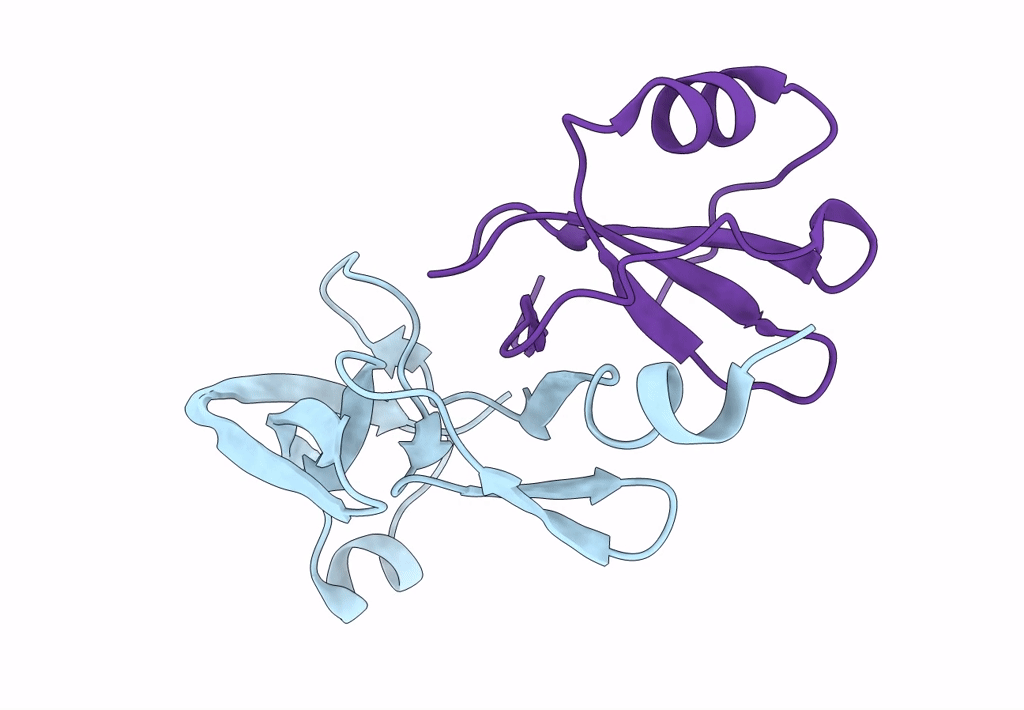
Deposition Date
2021-09-29
Release Date
2023-03-29
Last Version Date
2024-10-30
Entry Detail
PDB ID:
7SCT
Keywords:
Title:
Crystal Structure of the Tick Evasin EVA-AAM1001 Complexed to Human Chemokine CCL16
Biological Source:
Source Organism:
Amblyomma americanum (Taxon ID: 6943)
Homo sapiens (Taxon ID: 9606)
Homo sapiens (Taxon ID: 9606)
Host Organism:
Method Details:
Experimental Method:
Resolution:
1.84 Å
R-Value Free:
0.21
R-Value Work:
0.20
R-Value Observed:
0.20
Space Group:
I 4 2 2


